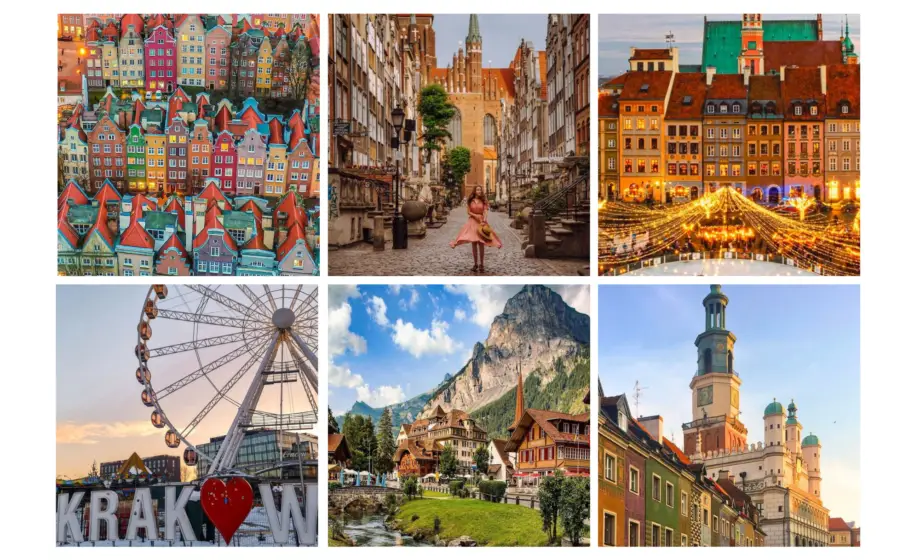Poland’s architecture tells a compelling story of its cultural heritage, historical resilience, and modern innovation. You will discover how architectural styles have evolved from Gothic cathedrals to contemporary urban designs, reflecting the nation’s rich past and dynamic future. The interplay of history and modernity creates a unique architectural landscape that invites exploration.
As you navigate through the diverse architectural landmarks, you’ll notice influences from various periods, including the Renaissance, Baroque, and socialist realism. Each style contributes to Poland’s identity, showcasing the adaptive use of materials and techniques through the centuries. This richness is best experienced in the striking buildings that dot the country’s cities and countryside.
In Poland, you can also find a new wave of architects pushing the boundaries of design while honoring traditional aesthetics. Their contributions are helping to shape vibrant urban spaces that resonate with both residents and visitors, making Poland a truly exciting destination for architecture enthusiasts.
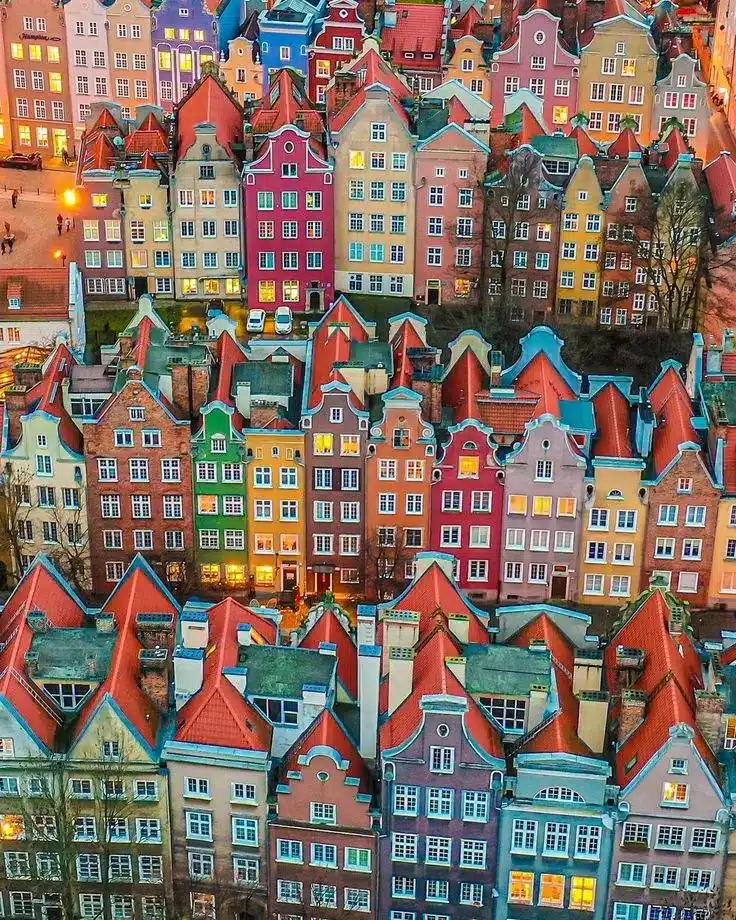
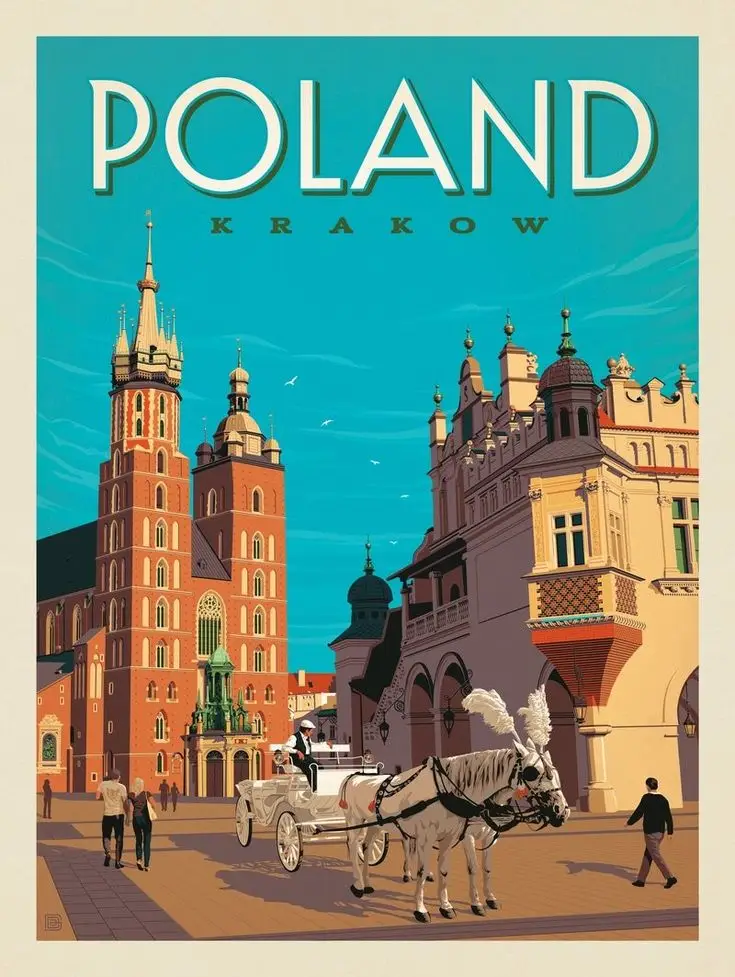
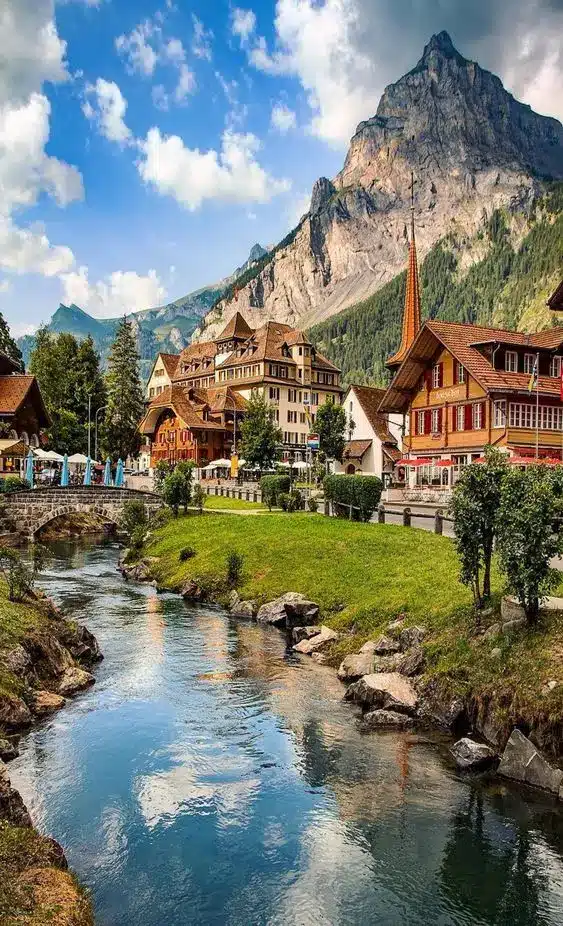
Key Takeaways
- Poland’s architecture reflects its historical evolution from Gothic to contemporary styles.
- Architectural landmarks showcase the country’s rich cultural heritage and resilience.
- Modern architects are redefining urban spaces while respecting traditional influences.
Historical Evolution of Polish Architecture
Polish architecture showcases a rich tapestry woven through various historical periods, each contributing to the unique character of the nation’s built environment. You will encounter influences from different styles that reflect Poland’s cultural, political, and social changes throughout the centuries.
Early Beginnings and Romanesque Architecture
The early stages of Polish architecture trace back to the 10th century during the formation of the Polish state. The Romanesque style emerged in this period, characterized by thick walls, rounded arches, and small windows. Notable structures include the Cathedral of Gniezno, the oldest cathedral in Poland, which served as a royal burial place.
During this time, castles and churches were common, often constructed of local materials. The use of stone became a defining feature, with buildings designed to withstand invasions. This era established a foundation that influenced subsequent architectural developments.
Gothic and Polish Gothic Architecture
The Gothic period, spanning from the 12th to the 16th centuries, introduced verticality and light to Polish architecture. You can observe this in the Wawel Cathedral in Kraków, featuring ornate façades and soaring spires. The introduction of ribbed vaults and flying buttresses allowed for larger windows adorned with stained glass, enhancing the interior ambiance.
Polish Gothic architecture developed its unique style, evident in structures like the Church of St. Mary in Gdańsk. This period also saw the rise of town halls and cathedrals, many of which became important cultural centers. The emphasis on height and light remains a hallmark of this era.
Renaissance and Mannerist Architecture
The Renaissance, emerging in the 16th century, brought a shift towards classical elements characterized by symmetry and proportion. In Poland, notable examples include the Royal Castle in Warsaw. This era valued columns, arches, and intricate decorations, often featuring classical motifs.
Mannerism further evolved these styles, with an emphasis on artistic expression and elaborate designs. This period introduced distinctive facades and monumental structures, blending local traditions with broader European influences. You can see this in the Mannerist architecture of Zamość, which showcases planned urban architecture and a rigorous layout.
Baroque to Neoclassical Style
The Baroque period (17th-18th centuries) emphasized grandeur and theatricality, seen in the Wilanów Palace. Rich decorations, large-scale frescoes, and dramatic use of space characterized Baroque architecture. This style aimed to impress viewers and reflect the power of the Polish nobility.
As the Enlightenment progressed, Neoclassical architecture arose, promoting harmony and clarity. Influences from ancient Greece and Rome became prevalent. The Holy Cross Church in Warsaw exhibits Neoclassical ideals, showcasing pillars and a focus on symmetry. This transition reflected broader cultural shifts toward reason and order in society.
Modernism and Socialist Realism
The 20th century marked significant changes, with Modernism emerging after World War I. This movement emphasized functional, minimalist designs, characterized by clean lines and the absence of ornamentation. Notable architects like Marceli Nowotko played key roles in defining the visual landscape of cities during this time.
After World War II, Socialist Realism dictated architectural style, promoting utilitarian structures that reflected the ideals of the communist regime. Buildings from this era are often imposing and utilitarian, focusing on affordability and function. Sites such as the Palace of Culture and Science in Warsaw demonstrate this trend, merging Soviet influences with local aspects.
This diversity chronologically captures Poland’s architectural journey, reflecting the shifting values and artistic influences that have shaped its identity.
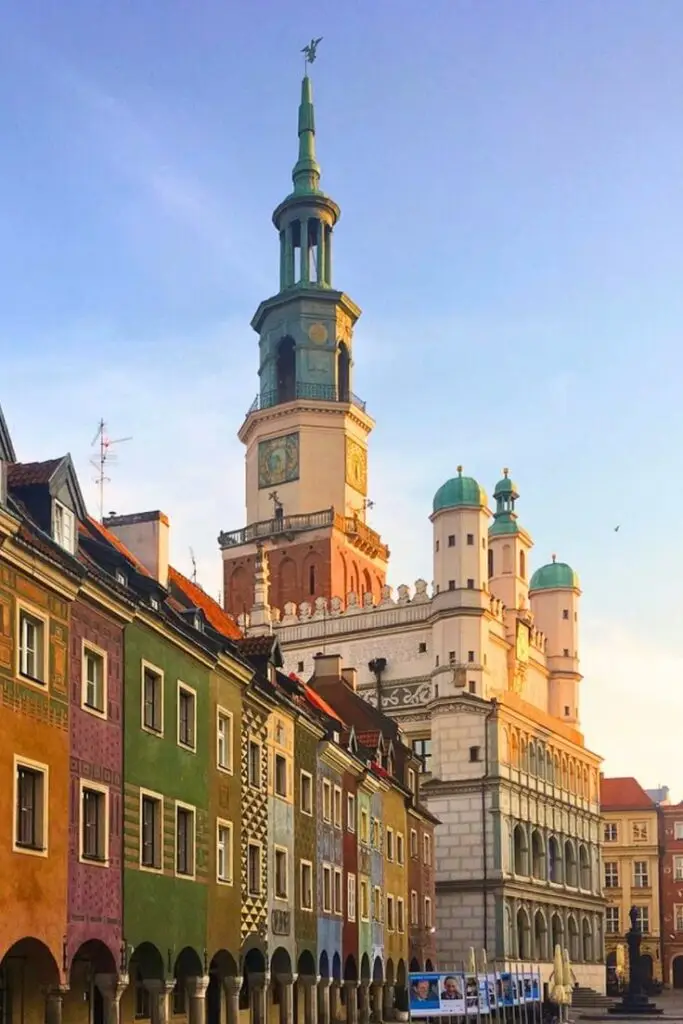
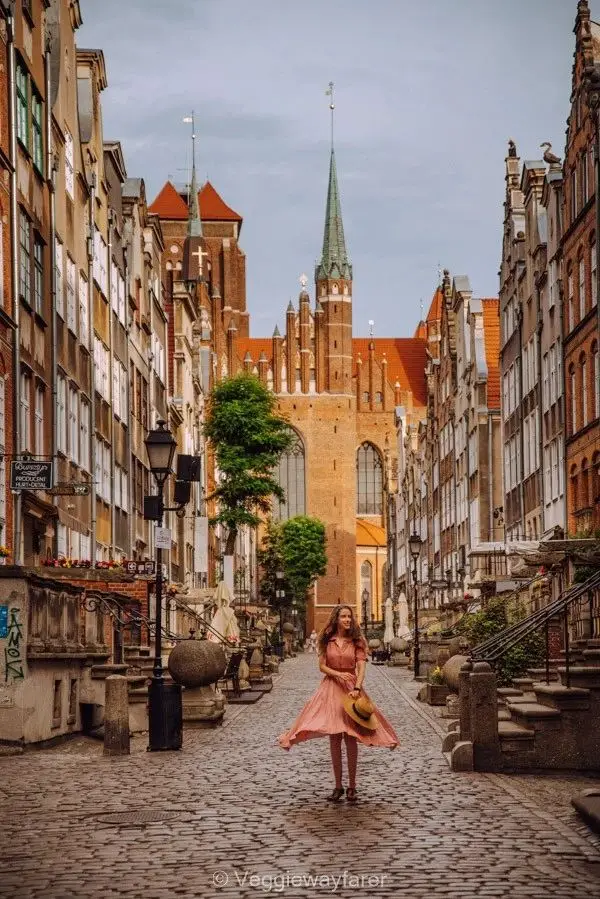
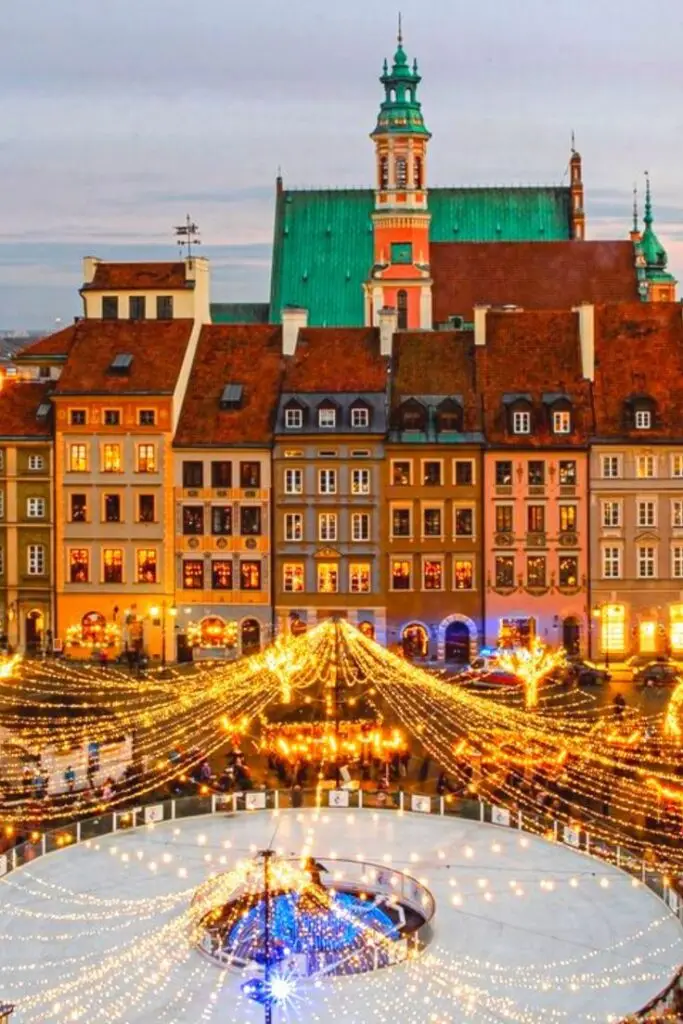
Architectural Landmarks and Heritage
Poland’s architectural landscape is a rich tapestry woven with a mix of historical influences and styles. Significant landmarks showcase the country’s cultural heritage, while UNESCO World Heritage Sites highlight its global importance.
UNESCO World Heritage Sites
Poland is home to 16 UNESCO World Heritage Sites, reflecting its diverse architectural heritage. Notable among them are Wawel Castle in Kraków and the Historic Centre of Warsaw. Wawel Castle, with its blend of Gothic and Renaissance styles, stands as a symbol of Polish statehood. The reconstruction of Warsaw after World War II demonstrates resilience and dedication, featuring landmarks like the Saxon Palace and the Royal Castle. Other significant sites include Kalwaria Zebrzydowska, a unique pilgrimage site that showcases Baroque architecture through its chapels and landscape design. These sites collectively represent Poland’s historical, cultural, and architectural significance.
Religious Edifices and Structures
The religious architecture in Poland is diverse, showcasing influences from various periods. The Wrocław Cathedral, a stunning example of Gothic architecture, features intricate stained glass and soaring spires. St. Mary’s Church in Kraków is another iconic structure, renowned for its altarpiece carved by Veit Stoss. Its two towers provide a distinctive skyline, while the church’s history dates back to the 13th century. Sigismund’s Chapel at Wawel Castle exemplifies the Renaissance style, featuring ornate decoration and a burial site for Polish royalty. Each edifice holds deep religious and cultural significance, reflecting the country’s spiritual heritage.
Secular and Public Buildings
Poland’s secular architecture includes various styles from different eras. In Toruń, the Gothic architecture of the Teutonic Castle showcases medieval military might. The Town Hall in Zamość represents Renaissance ideals of urban planning, with its symmetrical design and vibrant colors. In Warsaw, the Palace of Culture and Science towers over the skyline, symbolizing post-war Soviet influence. Additionally, modern architecture is evident in Wrocław, where innovative designs harmonize with historical elements. These secular and public buildings highlight Poland’s architectural evolution and serve vital roles in community life.


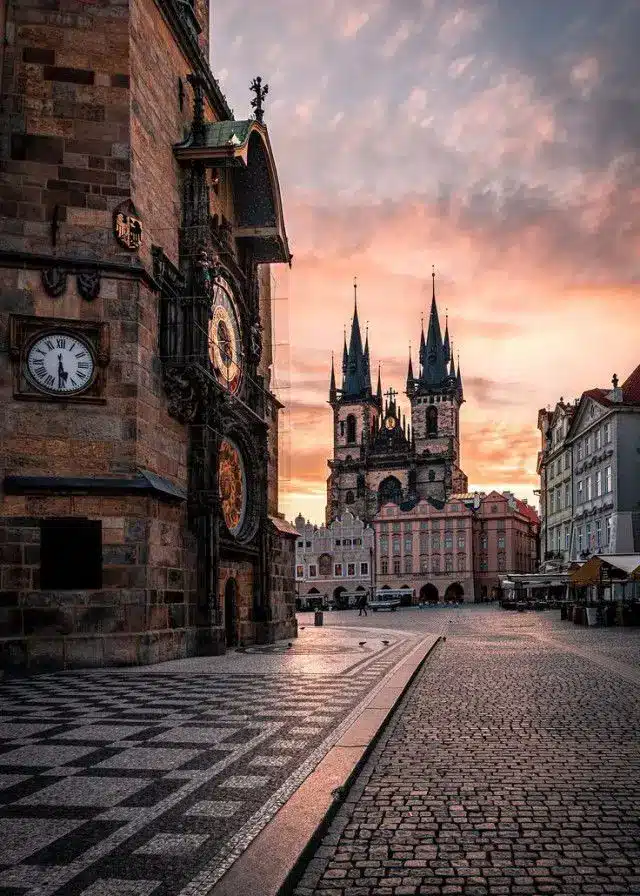
Contemporary Architecture and Urban Development
Poland’s architectural landscape has evolved significantly, marked by a blend of historical influences and modern design concepts. This transformation is especially evident in the following areas: reconstructing post-war structures, the emergence of skyscrapers, and the development of inclusive public spaces.
Post-World War II Reconstruction
After World War II, Poland faced the daunting task of rebuilding its cities. Cities like Warsaw were almost entirely destroyed, necessitating a focus on reconstruction efforts. Modernist principles guided this movement, emphasizing functionality and simplicity.
Architects such as Daniel Libeskind contributed to this modern narrative. His works reflect a balance between history and innovation. The reconstruction prioritized residential buildings, cultural sites, and essential infrastructure, aiming to revive urban life.
The Rise of Skyscrapers and Modern Buildings
In recent years, the Polish skyline has been transformed by modern skyscrapers and innovative designs. Warsaw’s Varso Tower, the tallest building in the European Union, exemplifies contemporary architecture. Its striking design integrates sustainable elements, showcasing Poland’s commitment to modern urban living.
The rise of firms like WXCA has further propelled this architectural evolution. They focus on blending cutting-edge technologies with local traditions. New developments emphasize not just height, but also a community-oriented experience through mixed-use spaces.
Public Spaces and Community Projects
Modern architecture in Poland also emphasizes the importance of public spaces. Projects aim to create areas that foster community interaction and enhance urban life. Parks, plazas, and recreational areas reflect this trend, encouraging social engagement.
The Polish Pavilion at global expos serves as an example of this commitment. It emphasizes sustainability and cultural heritage. Engaging designs, such as the Warsaw Bar, highlight local craftsmanship and cuisine, inviting visitors to experience the unique Polish identity.
The focus on both architectural innovation and community-centric spaces marks a pivotal shift in Poland’s urban development.
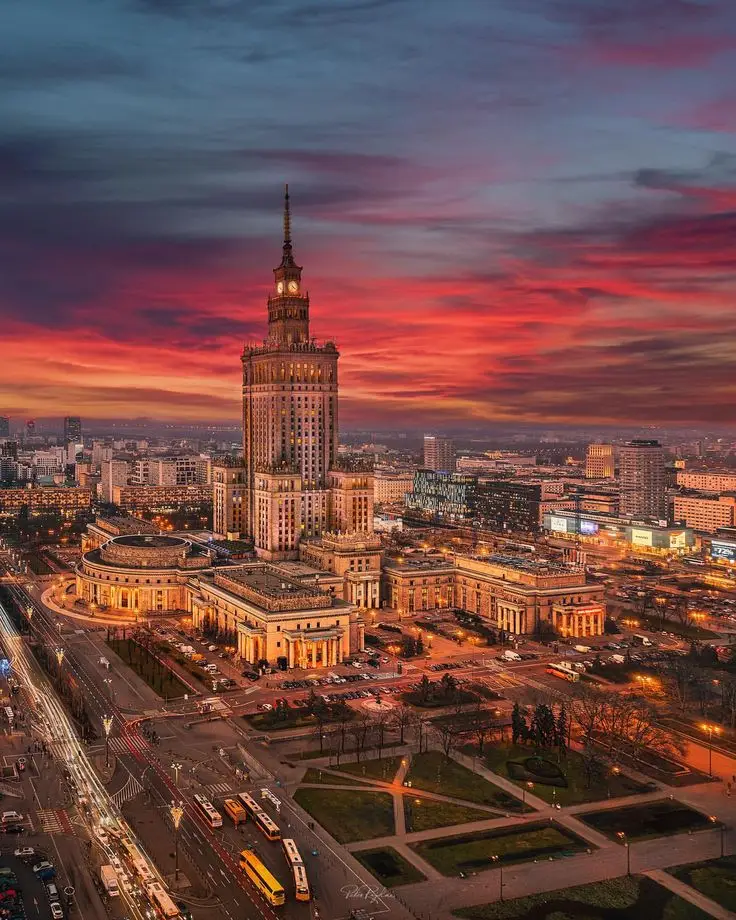
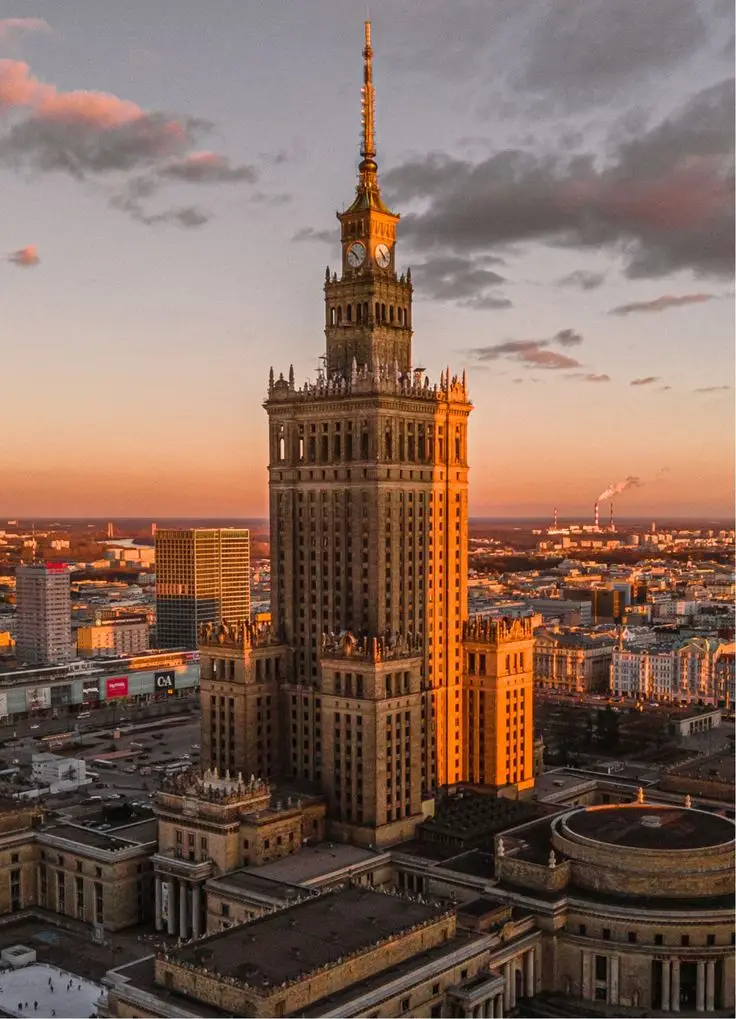
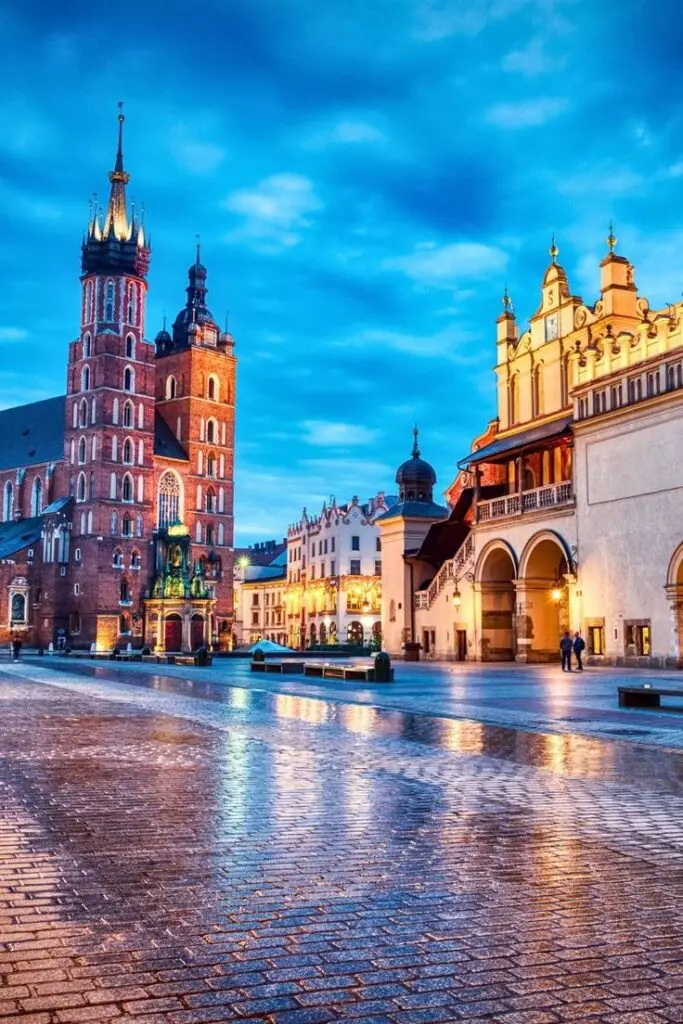
Notable Architects and Their Contributions
Poland has a rich history of architecture shaped by influential architects who have left a mark on the country’s architectural landscape. From pioneering styles to contemporary innovations, these architects have contributed significantly to urban design and building aesthetics.
Pioneers of Polish Architectural Style
Bohdan Lachert was a prominent figure in the early 20th century, known for his work in the Modernist style. He advocated for functionalism and sought to integrate architecture with its environment. His designs in Warsaw, such as the “Socrealist” government buildings, reflect this philosophy while accommodating Poland’s historical context.
Szymon Syrkus, another key architect, pushed boundaries in the 1930s. He focused on the impact of architecture on social conditions and community living. His projects emphasized collaboration among social groups, notably through his work on urban housing. Syrkus’s influence paved the way for future architects to consider societal needs alongside aesthetic appeal.
Contemporary Masters and Innovators
Daniel Libeskind, a globally recognized architect, has played a crucial role in redefining Polish architecture in the 21st century. His design of the Museum of the History of Polish Jews in Warsaw showcases a blend of modern expression and historical narrative. The museum’s striking design draws visitors while conveying poignant stories from Poland’s Jewish heritage.
In Warsaw, contemporary architecture showcases innovation. The Złota 44 residential tower exemplifies this trend, designed by Libeskind. It represents a new era of urban architecture, incorporating luxury with eco-friendly initiatives. These contemporary figures illustrate the evolution of Polish architecture, focusing on sustainability and cultural identity.
The Influence of Materials and Technology
The architectural landscape of Poland has been shaped by its available materials and technological advancements. Historically, stone has been a primary building material, underpinning the durability of many structures.
In cities like Poznań, the use of local stone not only supports longevity but also reflects regional character. You can observe intricate stonework in many historical buildings, showcasing craftsmanship that has evolved over centuries.
With the advent of modern architecture, new materials such as glass, steel, and concrete have begun to dominate. These materials have enabled innovative designs and greater functionality, allowing architects to create spaces that were previously unimaginable.
Technological advancements have also influenced construction techniques. For example, modern tools and machinery facilitate faster building processes and improve precision. This has led to a shift in architectural styles, emphasizing both aesthetics and sustainability.
You may notice that contemporary structures often incorporate renewable materials and energy-efficient designs. This reflects a growing awareness of environmental concerns, blending traditional elements with modern practices.
The evolution of materials and technology continues to be a driving force in Polish architecture, ensuring that it stays relevant in a changing world.


